At the outbreak of the Great War, the slim, athletic silhouette created by hobble skirt, V-neck blouse, Directoire style, and long corset was the height of modernism. The simplicity of ladies’ fashions fit into the wartime fabric restrictions, but in 1915, fashion bucked the system to introduce the “war crinoline.”
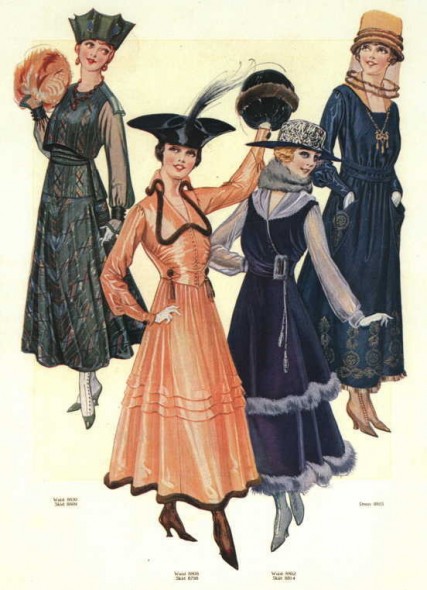
The war crinoline, as the fashion was quickly dubbed, was a very full calf-length skirt. Ladies went mad for this new style, even though they belied both shortages and restrictions, and prompted harsh denunciations because of their improper length and the excessive material they required. In response, fashion journalists promoted as “patriotic” and “practical,” citing the need brighten the spirits of the soldiers on leave, who would be reminded of the dinginess of war should they see women in cheerless, unfussy blouses and skirts. Despite the negative reactions, war crinolines retained their popularity, so much so that the favorite fashion slogan of 1916 was, “The war is long, but the skirts are short!”
The following year witnessed the abrupt decline of the war crinoline, and it was declared, “Fashion, under the hard lessons of the war, has sobered down; it is now correct, becoming, and practical.” Nevertheless, this brief fashion fad reflected the times, where people were still optimistic about the closeness of the war’s end, and it helped to sever fashion from its 19th century roots forever.
Further Reading:
Paris Fashion: a Cultural History by Valerie Steele
Nazi chic?: Fashioning Women in the Third Reich by Irene Guenther

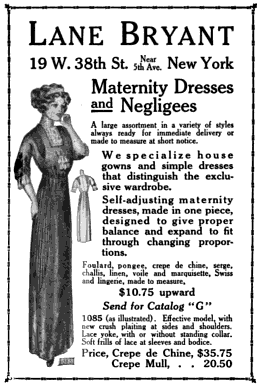
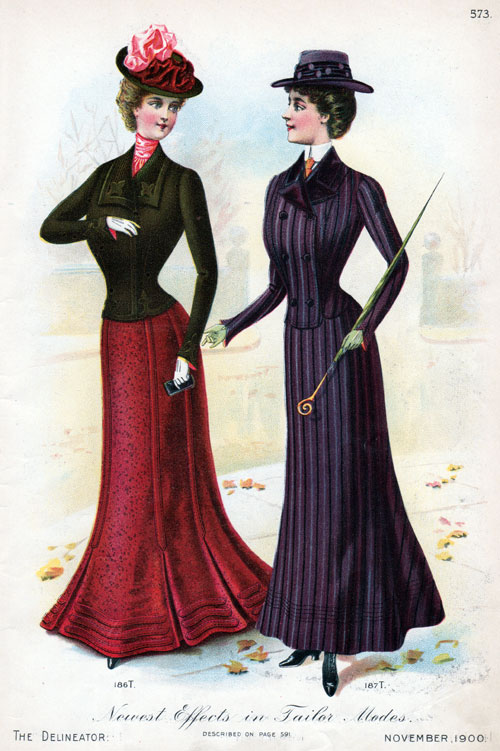
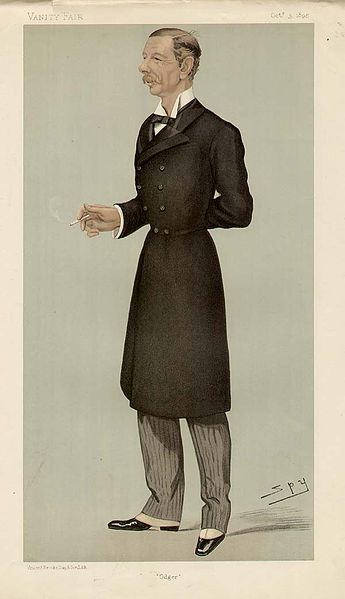
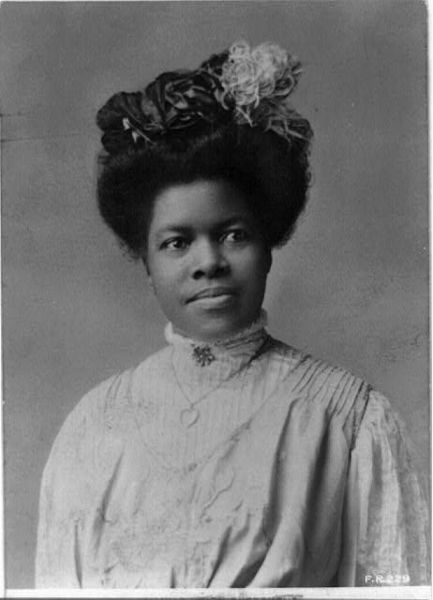
“The war is long, but the skirts are short!” How simple that sounds, yet how telling it must have been. There could have been nothing that would irritate conservative men and some older women more than
1. young women doing proper war work and being paid for it,
2. young women being able to drive alone, and
3. shorter and more practical skirts
What next? Female suffrage??
I love your comments! 😉
Great article about a unique fashion fad…Those lovely frocks would look totally happening today…Can’t believe that WWI began almost 100 years ago…1914
Thanks, Ree!
And it is amazing that we’ve nearly reached the 100 year anniversary of WWI.
*gasps* Thanks to your site, I have just stumbled over an historical basis for the silhouette I habitually wear. This is roughly my favorite period for a lot of things, including cookbooks, but… wow.
Awesome! Hope you continue to stop by!